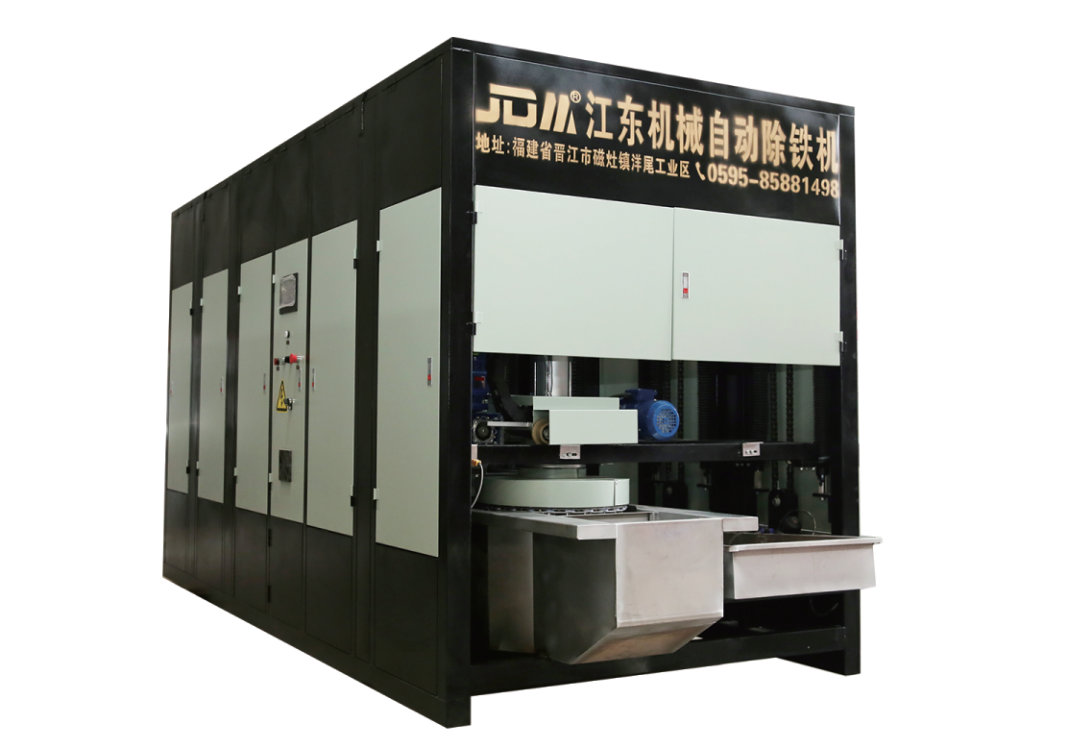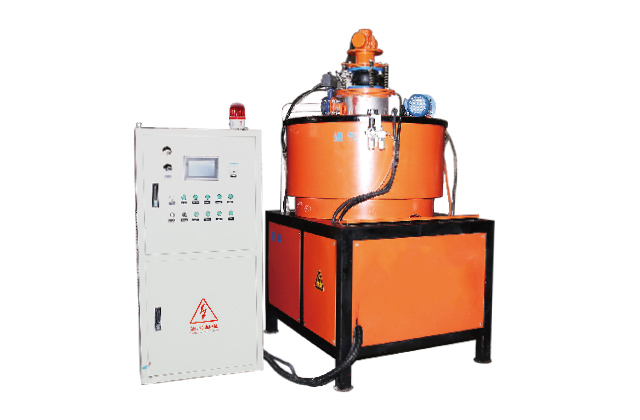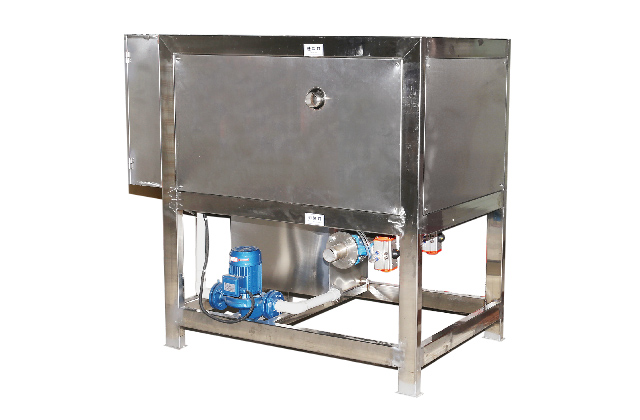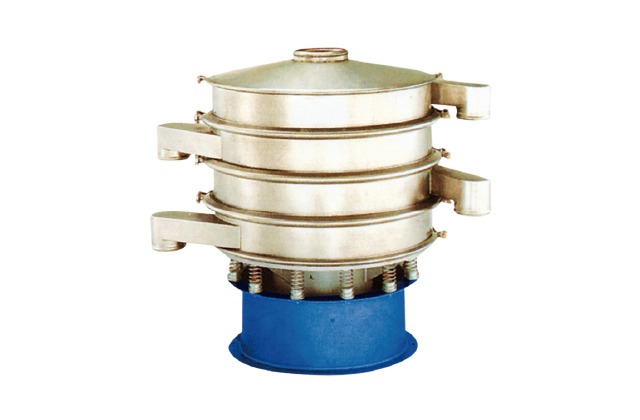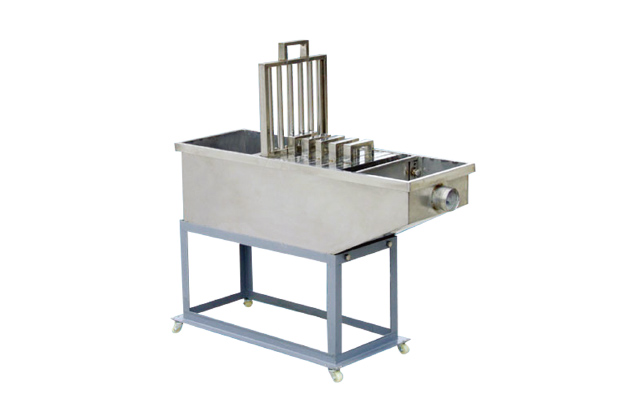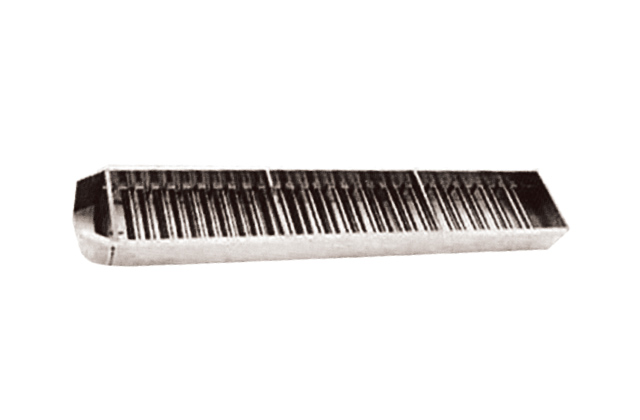September 26, 2025
What Are the Different Types of De-Ironing Separators?
Introduction to De-Ironing Separators
De-ironing separators are essential tools in various industrial processes, particularly in the removal of iron particles from liquids or gases. These devices play a crucial role in maintaining the quality and integrity of materials in industries such as mining, chemical processing, and wastewater treatment. However, with so many types of de-ironing separators available, choosing the right one can be overwhelming. This article explores the different types of de-ironing separators, their applications, and how to select the most suitable one for your needs.
What Are De-Ironing Separators?
De-ironing separators are devices designed to remove iron particles from a mixture of substances. They are commonly used to purify liquids, gases, or even solid mixtures by extracting unwanted iron contaminants. These separators are vital in preventing damage to equipment, ensuring product quality, and reducing maintenance costs in industrial settings.
Types of De-Ironing Separators
There are several types of de-ironing separators, each with unique characteristics and applications. Below are some of the most common types:
1. Magnetic Separators
Magnetic separators are one of the most widely used types of de-ironing separators. These devices utilize magnetic fields to attract and retain iron particles from a mixture. They are highly effective in both dry and wet environments. Magnetic separators are commonly used in the food, pharmaceutical, and mining industries.
2. Electrostatic Separators
Electrostatic separators operate by applying an electrostatic charge to the materials being processed. Iron particles, which are typically conductive, are then attracted to an oppositely charged surface. This type of separator is particularly useful for separating iron from non-conductive materials like plastics or glass.
3. Centrifugal Separators
Centrifugal separators use high-speed rotation to separate iron particles from liquids or gases. These devices create a centrifugal force that pushes heavier iron particles to the outer edge of the separator, where they can be collected. Centrifugal separators are commonly used in oil and gas industries to remove iron contaminants from fluids.
4. Hydraulic Separators
Hydraulic separators rely on the principle of fluid dynamics to separate iron particles from liquids. These devices create a flow pattern that directs iron particles to a collection area. Hydraulic separators are often used in wastewater treatment plants to remove iron and other heavy metals from water.
5. Gravitational Separators
Gravitational separators use gravity to separate iron particles from lighter materials. These devices are simple in design and often consist of a sloping surface where iron particles roll or slide into a collection area. Gravitational separators are commonly used in mining and construction industries.
How to Choose the Right De-Ironing Separator
With so many types of de-ironing separators available, selecting the right one for your needs can be challenging. Here are a few factors to consider:
- Application: Determine the type of material you are working with (liquid, gas, or solid) and the environment in which the separator will be used.
- Efficiency: Consider the level of purity required for your application. Some separators are more efficient than others in removing iron particles.
- Cost: Different types of separators have varying costs, both in terms of initial purchase and maintenance. Choose a separator that fits your budget.
- Maintenance: Some separators require more maintenance than others. Consider the ease of cleaning and upkeep when making your decision.
Conclusion
De-ironing separators are indispensable tools in various industrial processes. By understanding the different types of separators and their applications, you can make an informed decision when selecting the right one for your needs. Whether you are working in mining, chemical processing, or wastewater treatment, there is a de-ironing separator designed to meet your requirements. Remember to consider factors such as application, efficiency, cost, and maintenance when making your choice.

